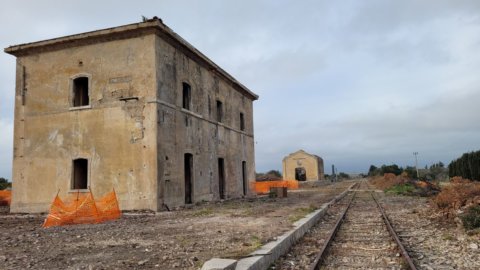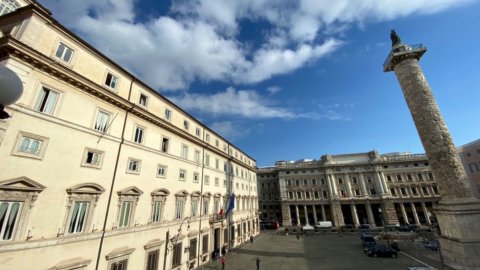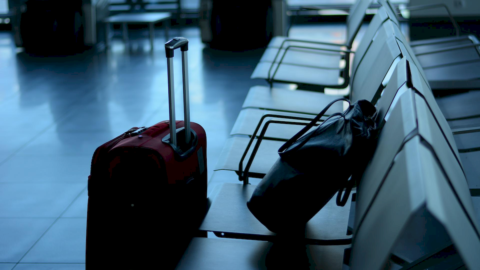The FS Italiane Foundation has launched the first preparatory construction sites for the reactivation of historic railway lines for tourist use. A project that aims to give new life to the most suggestive sections such as the Noto-Pachino and the Alcantara-Randazzo in Sicily and the Gioia del Colle-Altamura-Rocchetta SAL in Puglia.
Unexplored landscapes from the window of a train
Thanks to the reactivation of the historic lines, travelers will have the opportunity to rediscover panoramic views of Italy that have remained unexplored for years from the window of a train. All this "with a slow mobility network that will have crossing points between railways, paths and cycle paths, finally allowing the interchange between tourist trains, lovers of walking and bicycles", explains the FS Foundation in a note.
The project will be financed thanks to the 435 million euros allocated by the Ministry of Culture within the chapter Paths in history - Historical trains and cultural itineraries. This is one of the 14 investments that make up the strategic plan for major cultural attractions, designed to recover, with 1,46 billion euros available, sites and complexes of high historical and architectural value, in a state of abandonment or in need of radical restoration. An initiative of the MiC which falls within the scope of the Complementary Fund to the National Recovery and Resilience Plan.
The historical routes
La Noto-Pachino railway, 27,5 km long, was inaugurated in 1935 and suspended on 1 January 1986. It crosses unique places, between the sea and the Mediterranean scrub, skirting the archaeological area of the ancient Greek city of Eloro, the Roman Villa del Tellaro up to the nature reserve and wildlife oasis of Vendicari and the seaside village of Marzamemi. The RFI construction sites were launched on 25 January. An expenditure of 40 million euros is foreseen for the restoration of the entire route.
Still in Sicily, the Randazzo-Alcantara section, extended for about 37 km, connected the northern slope of Etna with the Ionian coast line Messina-Catania. It branches off from the Alcantara station and follows the valley of the Alcantara river, before reaching Randazzo, in a tortuous and almost entirely uphill path, along which 13 viaducts and eight tunnels meet.
Finally, in Puglia, the Gioia del Colle-Altamura-Rocchetta Sant'Antonio Lacedonia line, inaugurated between 1891 and 1891, it was suspended in 2016. It crosses an area of particular historical and naturalistic importance including the Alta Murgia National Park, the Ofanto River Regional Natural Park, the Dauno Subappennino and the Vulture Regional Natural Park . The journey by historic train will leave from Gioia del Colle to reach Altamura, a center known throughout the world for its exquisite bread. The final stop is the Rocchetta Sant'Antonio Lacedonia station.





